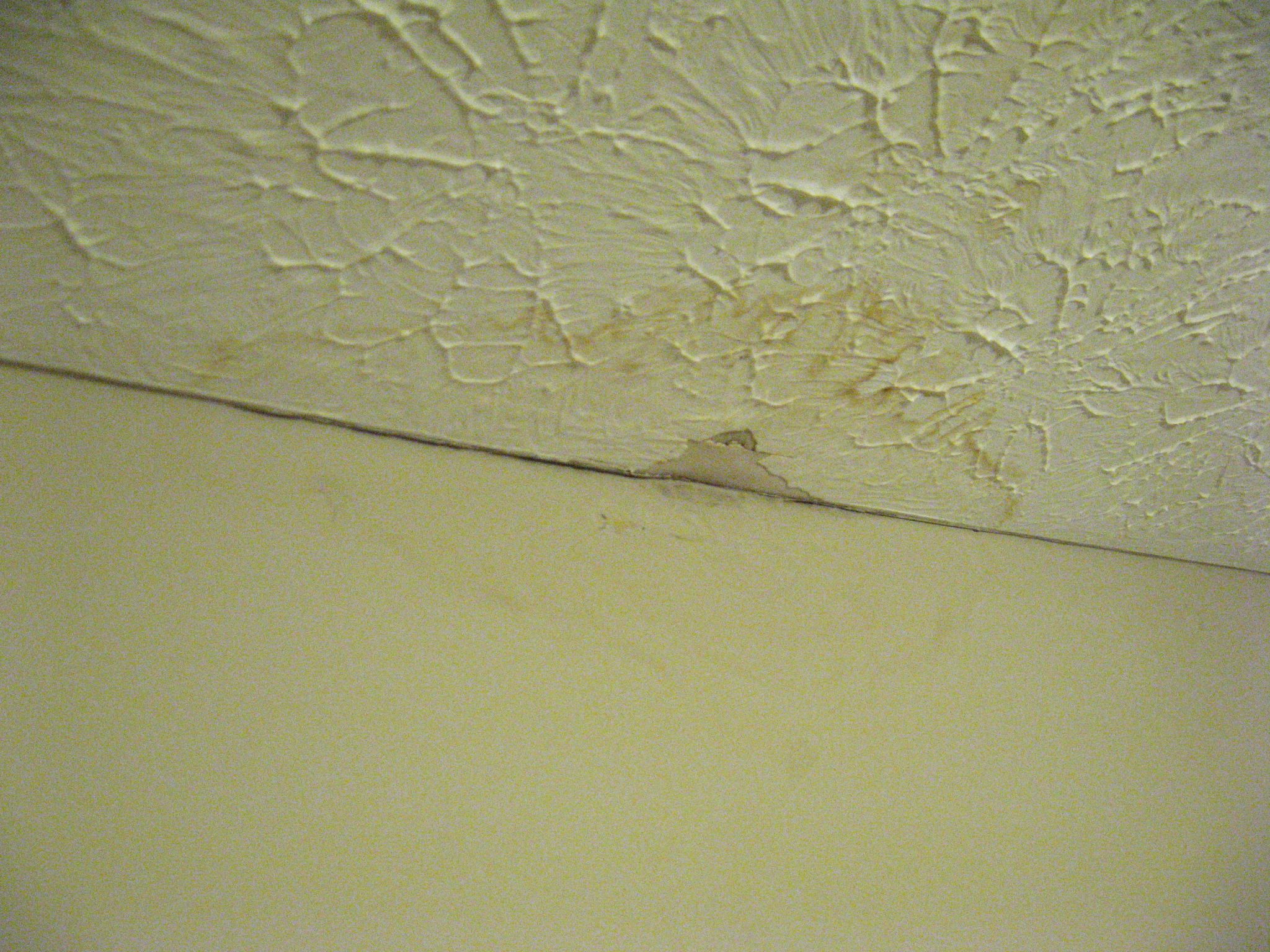Every person has got their personal opinion with regards to How to detect water leaks in your home.

Leaks not just create waste of water but can also trigger unnecessary damage to your residence and also advertise undesirable natural development. By looking as well as understanding for everyday scenarios that cause leaks, you can safeguard your residence from future leakages and unneeded damage.
Elbowing in origins
The majority of water leaks begin outside the house instead of inside it. If you notice an abrupt reduction in water stress, say in your tap, take some time to head out as well as examine your backyard. You could see damp spots or sinkholes in your yard, which could indicate that tree origins are invading water lines creating water to seep out. You can have your plumber check for intrusion, especially if you have trees or hedges near your property.
Corroded water systems
As time goes by, your plumbing system ages and rust such as corrosion may start gnawing the pipelines. This might be the source of discoloration or warping on your pipes. This calls for an examination with your plumber immediately. Take into consideration changing the pipelines because they are at a greater danger of deterioration than the more recent versions if our plumbing system is old.
Defective Pipeline Joints
The factor at which your pipelines link is regularly the weakest web link in the waterline. Pipe joints can deteriorate gradually, resulting in water leaks. The bulk of pipe joints are not conveniently visible. If you have loud pipes that make ticking or banging noises, specifically when the hot water is switched on, your pipe joints are possibly under a great deal of stress. It is a good idea to have your plumber inspect your system annually.
Instantaneous temperature level modifications.
Extreme temperature adjustments in our pipelines can cause them to expand and also acquire suddenly. This growth and tightening may cause splits in the pipelines, especially if the temperature are below freezing. If you kept an eye on how your plumbing functions, it would certainly be best. The presence of the formerly stated scenarios often indicates a high risk.
Poor Water Connectors
Sometimes, a leakage can be caused by loosened hose pipes and also pipes that provide your home appliances. Generally, moving is what creates the loose water Links. You may locate in the case of a cleaning equipment, a hose pipe might spring a leak as a result of trembling throughout the spin cycle. In case of a water connections leakage, you may see water running directly from the supply line or pools around your appliances.
Blocked Drains
Clogged drains could be bothersome and inconveniencing, yet they can sometimes end up creating an overflow leading to rupture pipelines. Keep eliminating any kind of materials that may decrease your drains pipes that could block them to avoid such hassles.
All the above are sources of leakages but not all water leaks arise from plumbing leakages; some leaks may originate from roofing system leakages. All leakages ought to be fixed promptly to prevent water damages.
Leakages not just cause waste of water but can likewise create unneeded damages to your residence as well as advertise undesirable natural development. By comprehending as well as looking for day-to-day situations that cause leaks, you can safeguard your residence from future leaks and unnecessary damage. Today, we will certainly look at 6 leak triggers that might be triggering your pipes to leak.
At times, a leakage can be triggered by loosened pipes and pipes that provide your devices. In case of a water connections leak, you may notice water running directly from the supply line or puddles around your appliances.
How To Check For Water Leak In Your Home
How To Check for Leaks
The average household's leaks can account for nearly 10,000 gallons of water wasted every year and ten percent of homes have leaks that waste 90 gallons or more per day. Common types of leaks found in the home are worn toilet flappers, dripping faucets, and other leaking valves. These types of leaks are often easy to fix, requiring only a few tools and hardware that can pay for themselves in water savings. Fixing easily corrected household water leaks can save homeowners about 10 percent on their water bills.
To check for leaks in your home, you first need to determine whether you're wasting water and then identify the source of the leak. Here are some tips for finding leaks:
Take a look at your water usage during a colder month, such as January or February. If a family of four exceeds 12,000 gallons per month, there are serious leaks.
Check your water meter before and after a two-hour period when no water is being used. If the meter changes at all, you probably have a leak.
Identify toilet leaks by placing a drop of food coloring in the toilet tank. If any color shows up in the bowl after 10 minutes, you have a leak. (Be sure to flush immediately after the experiment to avoid staining the tank.)
Examine faucet gaskets and pipe fittings for any water on the outside of the pipe to check for surface leaks.
Undetected water leaks can happen without the home or business owner even realizing. If you suspect a water leak, but not able to find the source. It is time to contact a professional water leak detection service, The Leak Doctor.
How To Find a Water Leak In Your Home
https://www.leakdoctor.com/blog/How-To-Check-For-Water-Leak-In-Your-Home_AE197.html

I hope you enjoyed our piece on How to Find Water Leaks. Thank you so much for taking a few minutes to browse our blog. Sharing is good. You won't know, you will be helping someone out. We treasure reading our article about Top Causes of Home Water Leaks.
Phone
Comments on “How to Stop the Six Most Common Water Leaks in Your Home”